Catherine Seavitt Nordenson says environmentally friendly ‘soft infrastructure’ mitigates flood damage without sending harm elsewhere. The flooding caused by Superstorm Sandy prompted calls from New York State Gov. Andrew Cuomo and other officials to consider building storm surge barriers to protect Lower Manhattan from future catastrophes. But, such a strategy could make things even worse for outlying areas that were hit hard by the hurricane, City College of New York Associate Professor of Landscape Architecture Catherine Seavitt Nordenson warns.
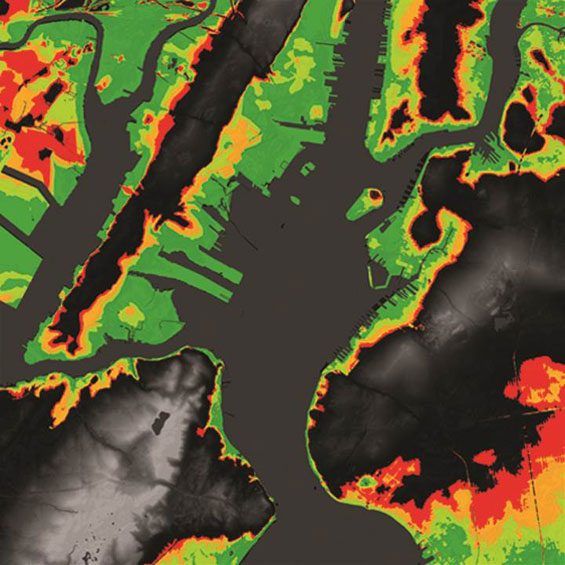
Hurricane Risk
“If you mitigate to protect Lower Manhattan, you increase the impact in other areas,” she says. “Everyone outside of the surge protection zone would be in jeopardy because the water doesn’t get reduced, it just goes somewhere else. It’s an environmental justice issue. You can’t just save Wall Street.”
Professor Seavitt calls, instead, for deploying a storm defense strategy that combines elements of soft infrastructure with the hardening of existing infrastructure such as the subway system, highways and power plants.
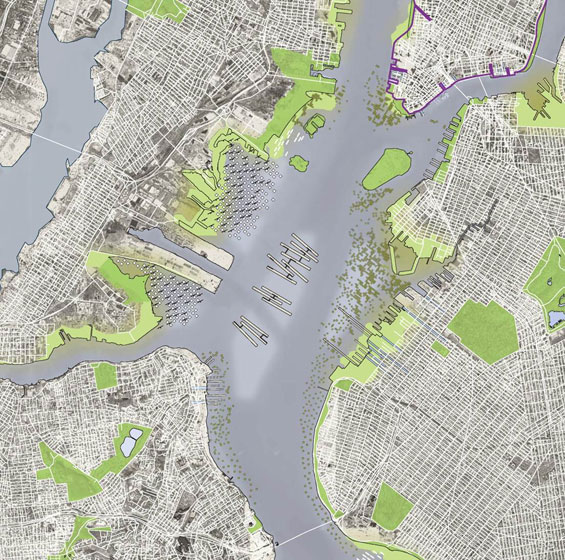
‘Techniques from nature and ecology’
“The idea of soft infrastructure is to use techniques from nature and ecology to improve resiliency,” she explains. “Environments that are more resilient bounce back faster after storms, and greater resiliency reduces the velocity of and damage caused by the water’s surge.” Additionally, it would be much less expensive than building storm surge barriers, with costs running to hundreds of millions of dollars instead of billions.
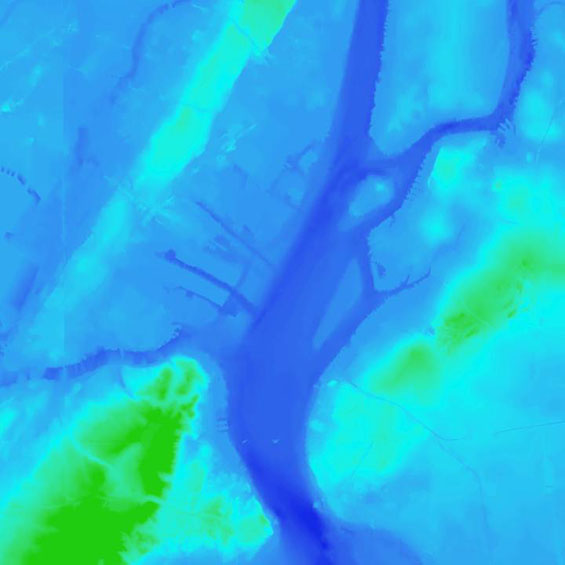
She first proposed development of soft infrastructure in “On the Water/Palisade Bay,” a report published in 2010 in collaboration with structural engineer Guy Nordenson and architect Adam Yarinsky, and funded by the Fellows of the American Institute of Architects’ biannual Latrobe Prize. Mr. Nordenson is Professor Seavitt’s husband.
The team’s research focused on New York’s Upper Bay, which is bounded by Manhattan, Brooklyn, Staten Island and New Jersey. Its proposal consisted of strategies to adapt to and mitigate the effects of rising sea levels caused by climate change, including increased potential storm surges from hurricanes and nor’easters.
“We wanted to show how soft infrastructure could be used to transform the coastal edge in order to create a healthier ecology and reduce the extent of storm damage,” she says. “There are things we can do besides building higher and higher seawalls everywhere.”
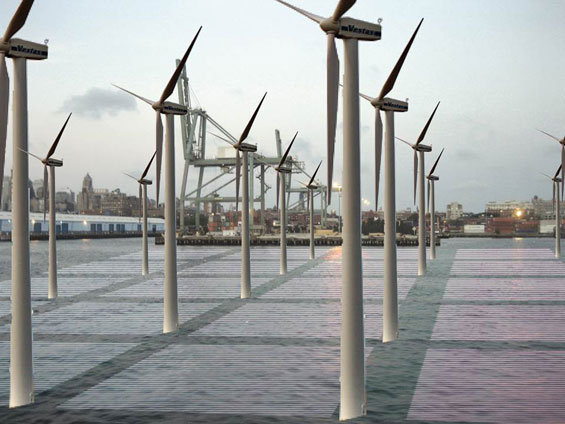
Among the techniques proposed were restoring and enlarging wetlands, creating reefs and archipelagoes of artificial islands and seeding oyster beds. Spoils from harbor dredging and deepening, which is regularly performed by the U.S. Army Corps of Engineers, could be used for these beneficial purposes.
Reefs and wetlands would mitigate destruction by absorbing water and dissipating wave energy. Archipelagoes of small, artificial islands would weaken wave energy in the water column. Oysters and other mollusks would biologically filter and help cleanse the water in the bay.
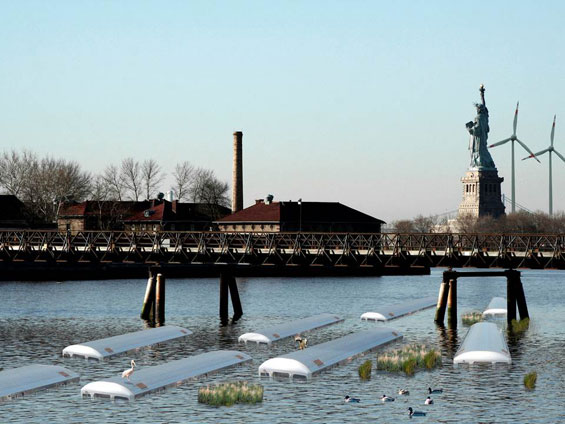
Improved resiliency
“Through our research we found that improving water quality and wetlands ecology would improve the area’s resiliency to storms,” she notes. “If you can absorb water in wetland areas, it has a place to go. It can percolate into the earth instead of rebounding from a seawall or overtopping a wall. We can engineer solutions to absorb water and slow its velocity. There may still be flooding, but there will be less damage.”
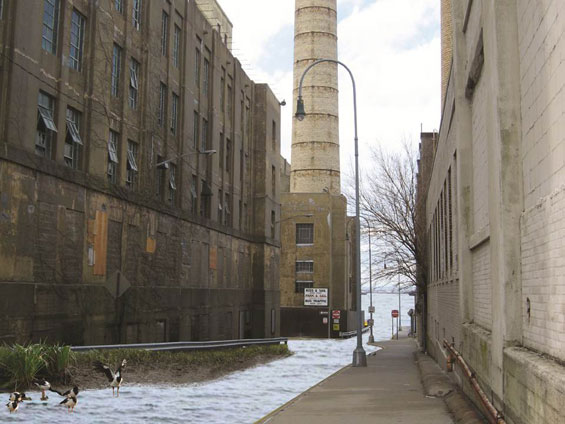
Additionally, the report called for using – and extending – old abandoned piers and extracting slips into the city to allow water to enter flood zones in a more controlled way, thus minimizing damage. Calm water areas could be established behind piers, which would serve as storm surge buffers. Water would still enter some streets, but these could be engineered as bioswales, incorporating a simple gravity flow system that would enable the waters to be absorbed, and safely and readily recede.
Even if soft infrastructure strategies were implemented, some critical infrastructure would still need to be hardened, i.e. made waterproof, Professor Seavitt notes. Specifically, she recommends protecting subway entrances and sidewalk grates to prevent flooding of the public transit system, relocating or hardening waterfront power plants and moving critical communications and power infrastructure out of the basements of commercial and residential buildings.
IMAGE & TEXT CREDIT: Courtesy of CCNY

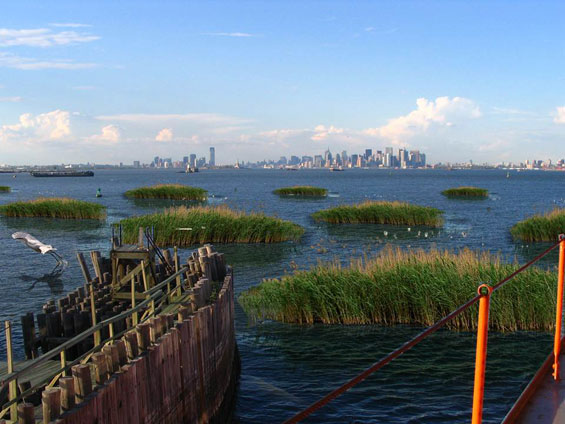

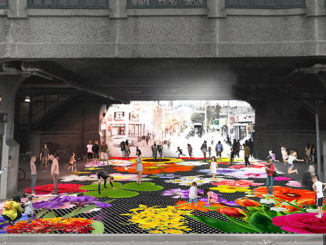

Comments are closed.